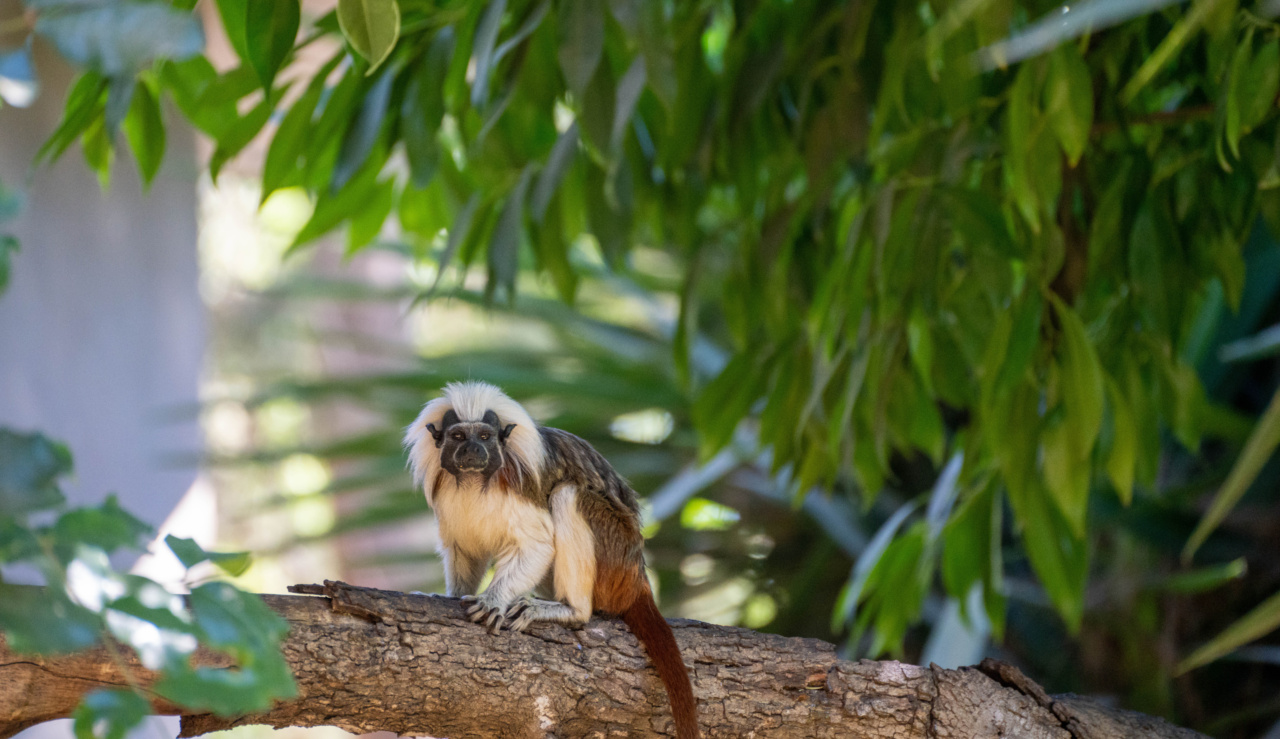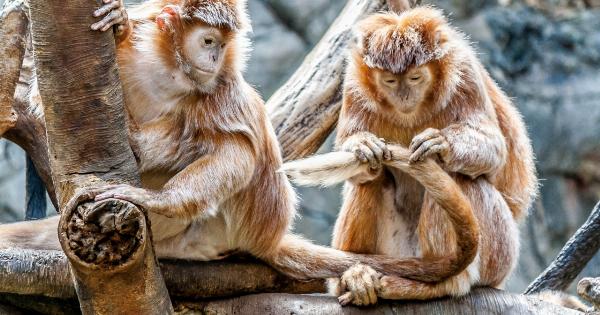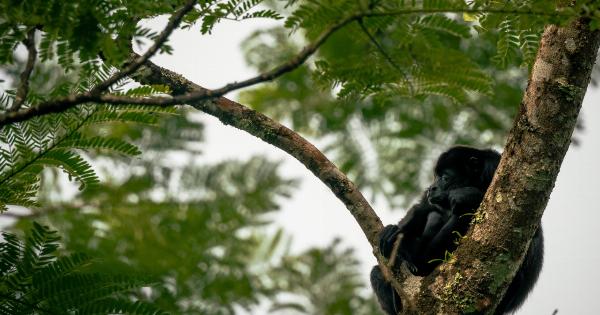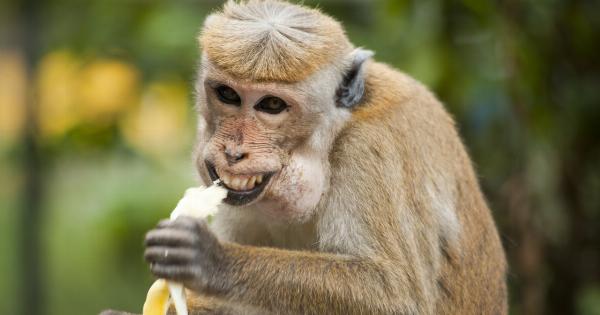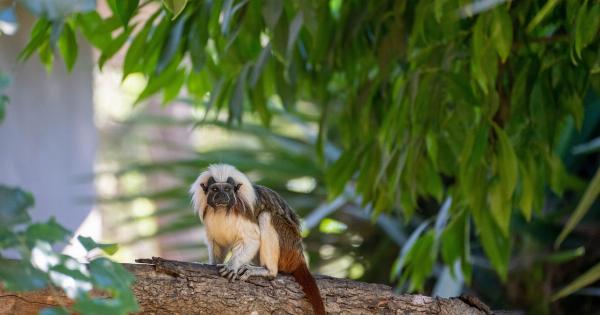Spain’s monkey population has reached a new high, with the latest census reporting a total of 84 monkeys across the country. This increase in numbers has sparked both excitement and concern among scientists and environmentalists.
What species are these monkeys?
The monkeys found in Spain are Barbary macaques, also known as Barbary apes. These primates are native to the Atlas Mountains of North Africa and are the only wild monkeys in Europe.
They have been present on the Rock of Gibraltar for centuries and are believed to have crossed over to mainland Spain during the 18th century.
Their distribution in Spain
Currently, the majority of Spain’s monkey population is concentrated in a small area known as the Bosque de San Juan, located in the region of Castile-La Mancha.
This particular habitat, with its diverse vegetation and suitable climate, has proven to be ideal for the monkeys.
However, there have been occasional sightings of monkeys in other parts of Spain as well. Reports indicate the presence of smaller groups in the Sierra de Alcaraz and even in the outskirts of major cities like Madrid and Barcelona.
Challenges for conservation
The increase in Spain’s monkey population brings both benefits and challenges to conservation efforts. On one hand, it is a positive sign of their adaptability to new environments and their ability to thrive in their adopted homeland.
It also signifies a successful conservation story, as these monkeys were previously on the brink of extinction in Spain.
On the other hand, the growing population raises concerns about their impact on local ecosystems and interactions with humans. As the monkeys expand their territory, conflicts with farmers and residents may arise.
These conflicts can range from crop damage to potential health risks, as the monkeys could transmit diseases to humans.
Efforts for sustainable coexistence
Recognizing the need to address these challenges, various stakeholders are working together to promote sustainable coexistence between humans and monkeys in Spain.
Local authorities, environmental organizations, and researchers are collaborating to raise awareness among communities, improve regulations, and implement measures to mitigate conflicts.
One approach being explored is the implementation of solutions to minimize crop damage.
Farmers are encouraged to use alternative farming practices, such as installing physical barriers or utilizing non-lethal deterrents, to protect their crops from monkey raids. This not only reduces financial losses for farmers but also prevents negative interactions between humans and monkeys.
Furthermore, education and awareness programs are being introduced to help communities understand the importance of conserving the Barbary macaques and their habitat.
By fostering positive attitudes towards these primates, it is hoped that people will be more inclined to adopt responsible behaviors that minimize potential conflicts.
Research and monitoring
To better understand the monkey population dynamics and their ecological impacts, ongoing research and monitoring efforts are essential.
Scientists are studying the monkeys’ behavior, diet, and reproductive patterns to gain insights into their adaptability and long-term survival prospects in Spain.
Monitoring initiatives help identify hotspots where conflicts are more likely to occur, allowing targeted interventions to be implemented.
By closely tracking the population size and distribution, researchers can also identify any potential threats or fluctuations in the monkey population that may require additional conservation measures.
Tourism and economic impact
The presence of monkeys in Spain has also become a significant tourist attraction. Visitors from around the world are drawn to areas where they can observe and interact with these fascinating creatures in their natural habitat.
This increased tourism has positive economic implications, as it generates revenue for local businesses and contributes to the overall development of the region.
However, managing tourism activities in a sustainable and responsible manner is crucial to prevent any negative impacts on the monkeys and their habitat.
Strict regulations are being put in place to ensure that visitors do not disturb or harm the monkeys, and that their natural behaviors are not disrupted.
The future of Spain’s monkey population
As Spain’s monkey population continues to grow, the focus on conservation and sustainable coexistence becomes increasingly important.
Balancing the needs of the monkeys with the interests of local communities and ensuring the long-term survival of this unique primate species is a complex task.
It requires ongoing collaboration, research, and education to address the challenges, manage potential conflicts, and promote responsible tourism.
By implementing effective strategies and fostering a deeper understanding of the monkeys’ ecological role, Spain can set an example for successful wildlife conservation in the face of increasing human-wildlife interactions.
Conclusion
The increase in Spain’s monkey population to 84 individuals is a positive sign for conservation efforts. However, it also presents challenges in terms of human-wildlife conflicts and ecological impacts.
By promoting sustainable coexistence, conducting research and monitoring, and managing tourism activities responsibly, Spain can ensure the long-term survival of its unique Barbary macaque population.
